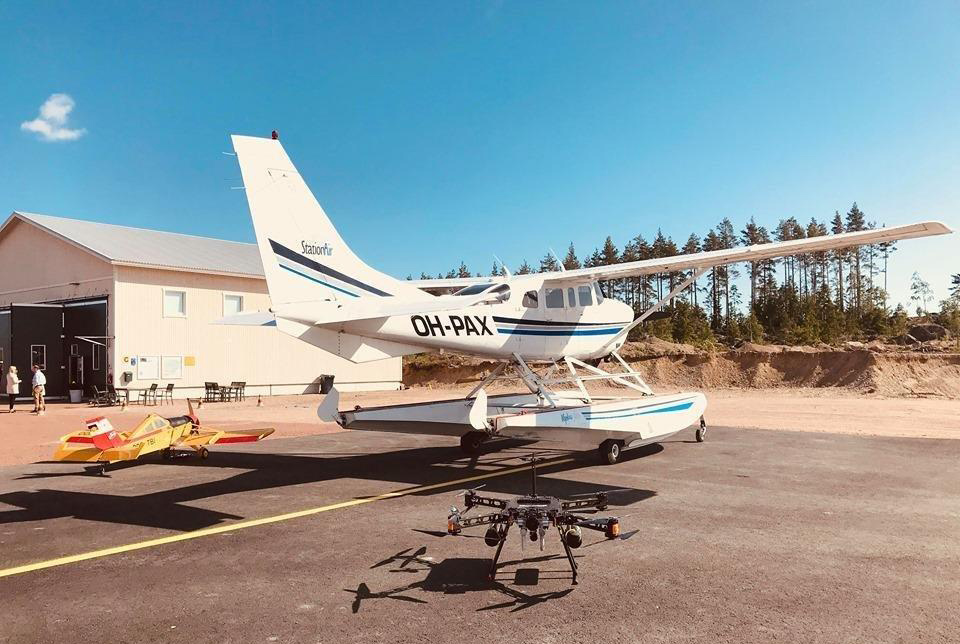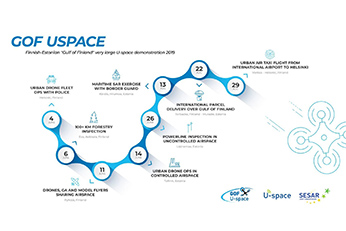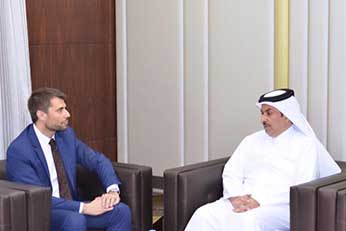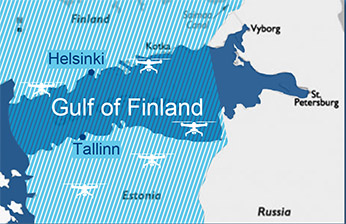Mixing manned and unmanned aircraft relies on reliable data exchange
The safe operation of multiple drones in the same airspace relies on collaboration and data exchange between many different actors. A basic function of U-space is to bring situational awareness to all users and bridge the gap between manned and unmanned aviation by linking air traffic management information with unmanned traffic information, thus allowing operators and pilots access to common flight information. A flight information management system (FIMS) makes this possible by creating an interoperability architecture using standard protocols to exchange data.
The GOF-USPACE partners established a pre-operational authority FIMS by creating an interoperability architecture for integrating existing solutions from three U-space service providers to showcase U-space in all phases of drone operations. Specifically, the GOF U-SPACE architecture enabled data exchange between two air navigation service providers (in Finland and Estonia), several U-space service providers, eight drone operators and two manned aircraft operators. The technology was demonstrated in seven flight trials during summer 2019 involving parcel deliveries, police operations, flights in dense urban airspace, forestry inspection beyond visual line of sight, airport operations, maritime search and rescue, and a manned taxi demonstration in Helsinki International airport.
The GOF U-SPACE architecture integrated U-space service provider microservices that enabled a collective and cooperative management of all drone traffic in the same geographical region. A microservice- oriented data exchange layer provided standard protocols to connect various U-space services from different service providers and the capabilities of service provision was demonstrated during the trials. Integration between FIMS and U-space service providers, FIMS and FIMS, and U-space service providers to ground control services was established with a link to receive data from the ATM systems, demonstrating interoperability between systems.
The demonstrations showed commercial off-the-shelf UTM components to be fit for purpose to demonstrate all phases of drone operations with a focus on pre-flight and flight execution. The exercise proved that service providers and operators were able to connect to the open platform to access FIMS and ATM data, while noting the need for additional work to develop tracking solutions and improve resilience to poor mobile network coverage. The project demonstrated the need for single truth - where all airspace users can access one source of reliable airspace and aeronautical information – and common standards for communication between systems.







